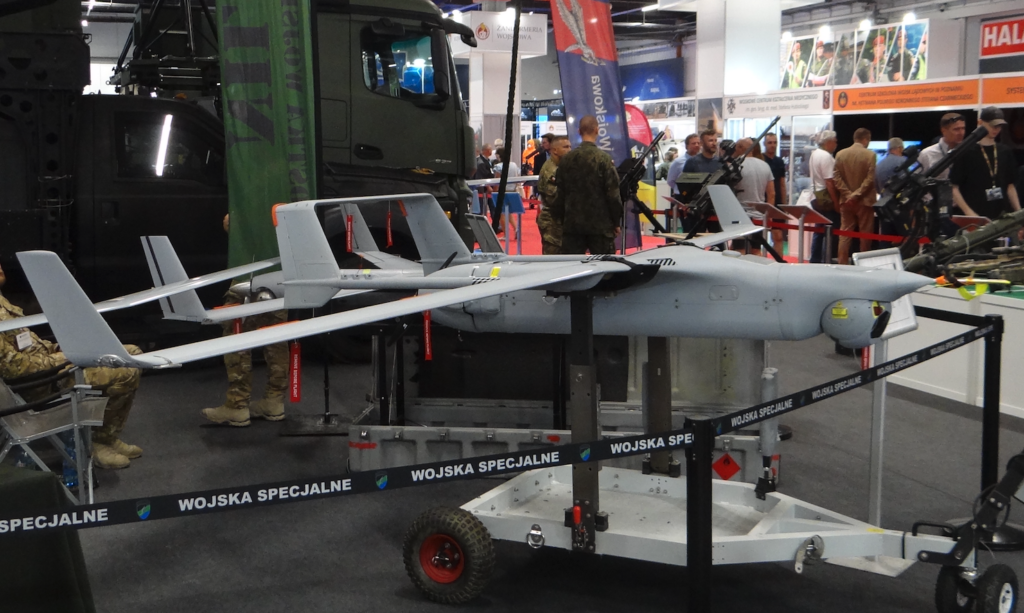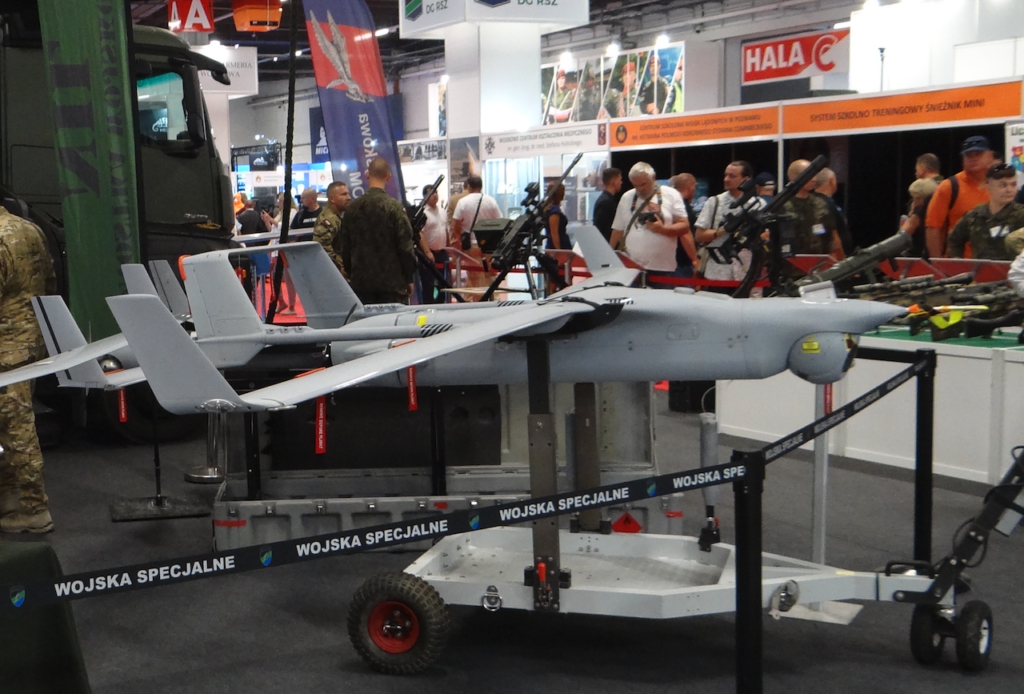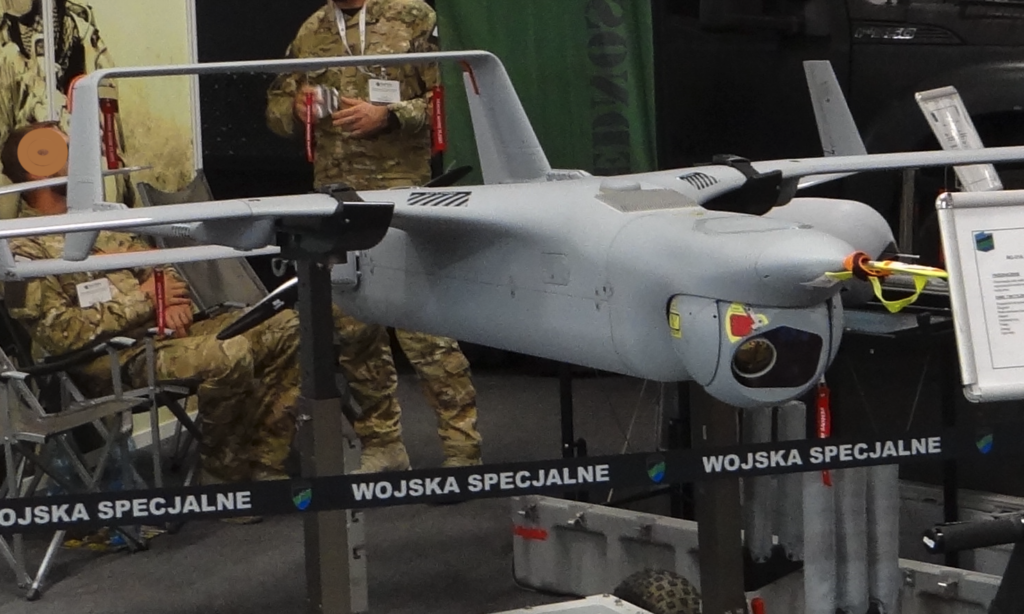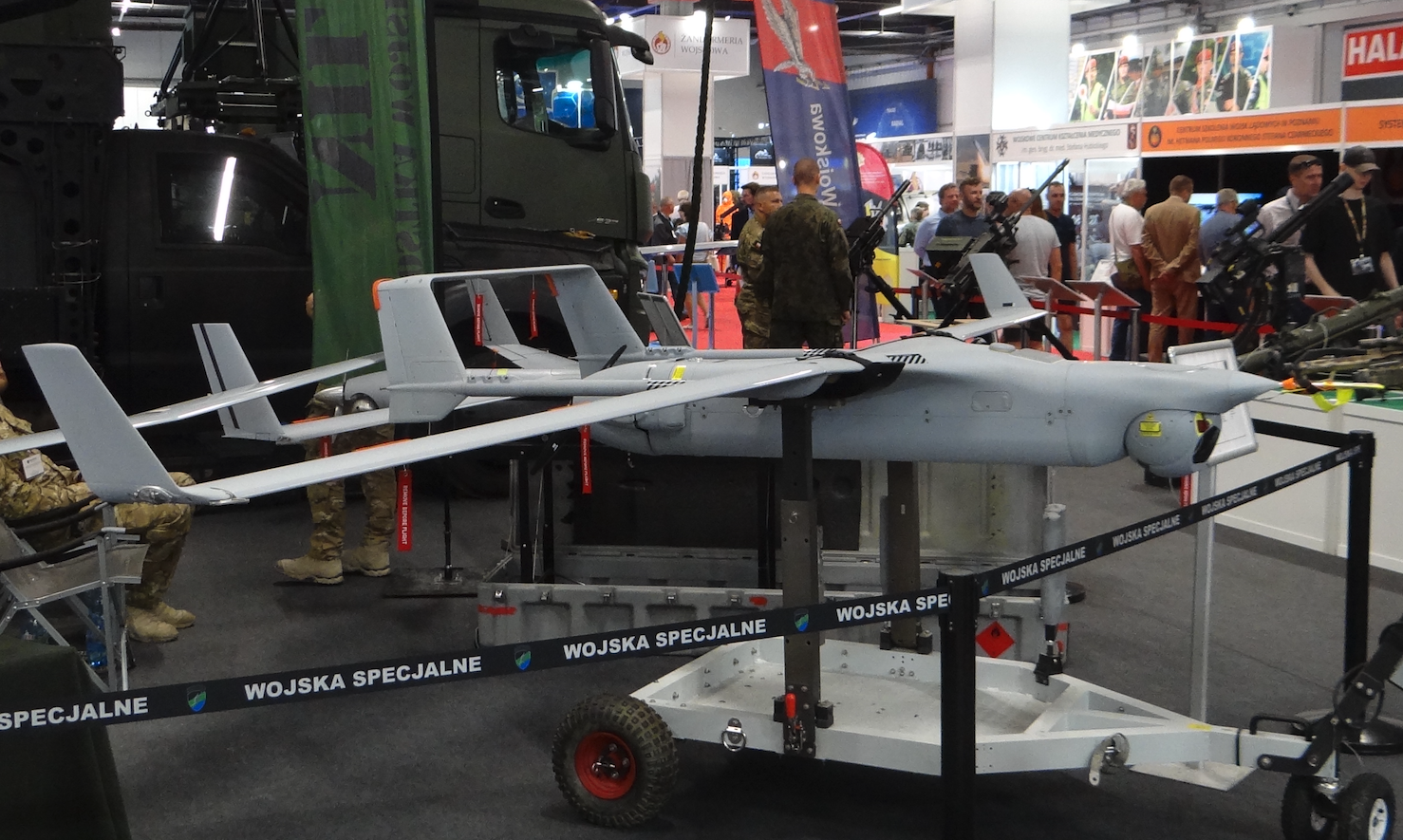Kielce 2025-01-16
UAV Boeing Insitu RQ-21 BlackJack.



The Boeing Insitu RQ-21 BlackJack / Integrator UAV is an unmanned aerial vehicle developed in the United States by two companies: Boeing and Insitu. The device made its first flight on July 28, 2012. The device is powered by a single 8 HP piston engine.
The Boeing Insitu RQ-21 Integrator UAV was developed for the needs of the US Navy, as part of the creation of a small, tactical UAV. The device was to be designed for reconnaissance in difficult weather conditions. The RQ-21 was to replace the aging Boeing Insitu ScanEagle UAV. In July 2010, the US Navy allocated funds to develop a new device. On July 28, 2012, the device made its first flight. Tests were conducted for three months. On February 10, 2013, the RQ-21 device began tests from a ship over water. Already on February 18, 2013, the modernized version RQ-21A Block II made its first flight. The aircraft entered service in December 2013.
On September 29, 2017, Poland signed a contract for the purchase of a single RQ-21A set with the U.S. government. In addition to the aircraft itself, the purchase also included a ground control station, a launcher, a landing support system and a technical support package. The set was intended for the Special Forces. Ultimately, the contract covered the delivery of 5 flying RQ-21A BlackJacks and two ground control stations. The contract amounted to $11 million.
The Boeing Insitu RQ-21 BlackJack UAV design.
The aircraft is built in a high-wing configuration with a partial fuselage and two beams, to which the empennage is mounted. Oblique long wings are mounted to the aircraft fuselage. Winglets are placed at the ends of the wings. The empennage consists of two vertical rudders, which are connected by a horizontal empennage. This aircraft configuration was often used at the turn of the 40s and 50s, in British aircraft. The piston engine is placed at the end of the partial fuselage. Two-blade pusher propeller. An optoelectronic head is placed in the front part of the fuselage, which is partially inscribed in the fuselage outline.
The aircraft takes off from a launcher with a pneumatic launch system. Landing is carried out using a device called Skyhook. This is a 15-meter high mast, to which a rope is attached, which is used to catch the RQ-21 aircraft. The rope slides down the leading edge of the wing and eventually catches on a hook at the end of the wing, catching the camera. On the ground, the camera is transported on a special trolley. All maintenance operations are performed on this trolley.
Data T-T UAV Boeing Insitu RQ-21 BlackJack: The structure is made of composite. Wingspan 4.90 m. Length 2.50 m. Empty weight 61 kg. Cruising speed 101 km/h. Flight speed 100 – 170 km/h. Practical ceiling 4,573 – 5,900 m. Flight endurance 16 hours. Range 93 km.
Written by Karol Placha Hetman

